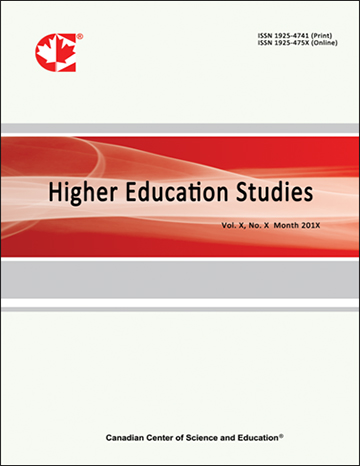The Arbitrary Choice of the Predictor in Meritocratic Selection to Higher Education Affects the Selection Outcomes
- Sorel Cahan
- Ronit Nirel
- Eyal Gamliel
Abstract
Predictive validity considerations in selection dictate choice of the predictor with the highest predictive validity. Implementation of this principle in any specific selection process inevitably entails choice between imperfectly correlated alternative predictors, real or hypothetical, which are equivalent in terms of predictive validity. We show that use of different predictors necessarily results in the admission of partially overlapping groups of candidates. The amount of non-overlap is inversely related to the correlation between predictors and to the selection ratio. For typical values of these factors, the amount of non-overlap is considerable (50%-80%). Thus, the predictor’s identity affects the identity and characteristics of the admitted candidates independently of its validity and can be intentionally used to bias the selection outcomes in a desired direction.
- Full Text:
 PDF
PDF
- DOI:10.5539/hes.v8n3p27
Index
- AcademicKeys
- CNKI Scholar
- Education Resources Information Center (ERIC)
- Elektronische Zeitschriftenbibliothek (EZB)
- EuroPub Database
- Excellence in Research for Australia (ERA)
- Google Scholar
- InfoBase
- JournalSeek
- Mendeley
- Open Access Journals Search Engine(OAJSE)
- Open policy finder
- Scilit
- Ulrich's
- WorldCat
Contact
- Sherry LinEditorial Assistant
- hes@ccsenet.org
